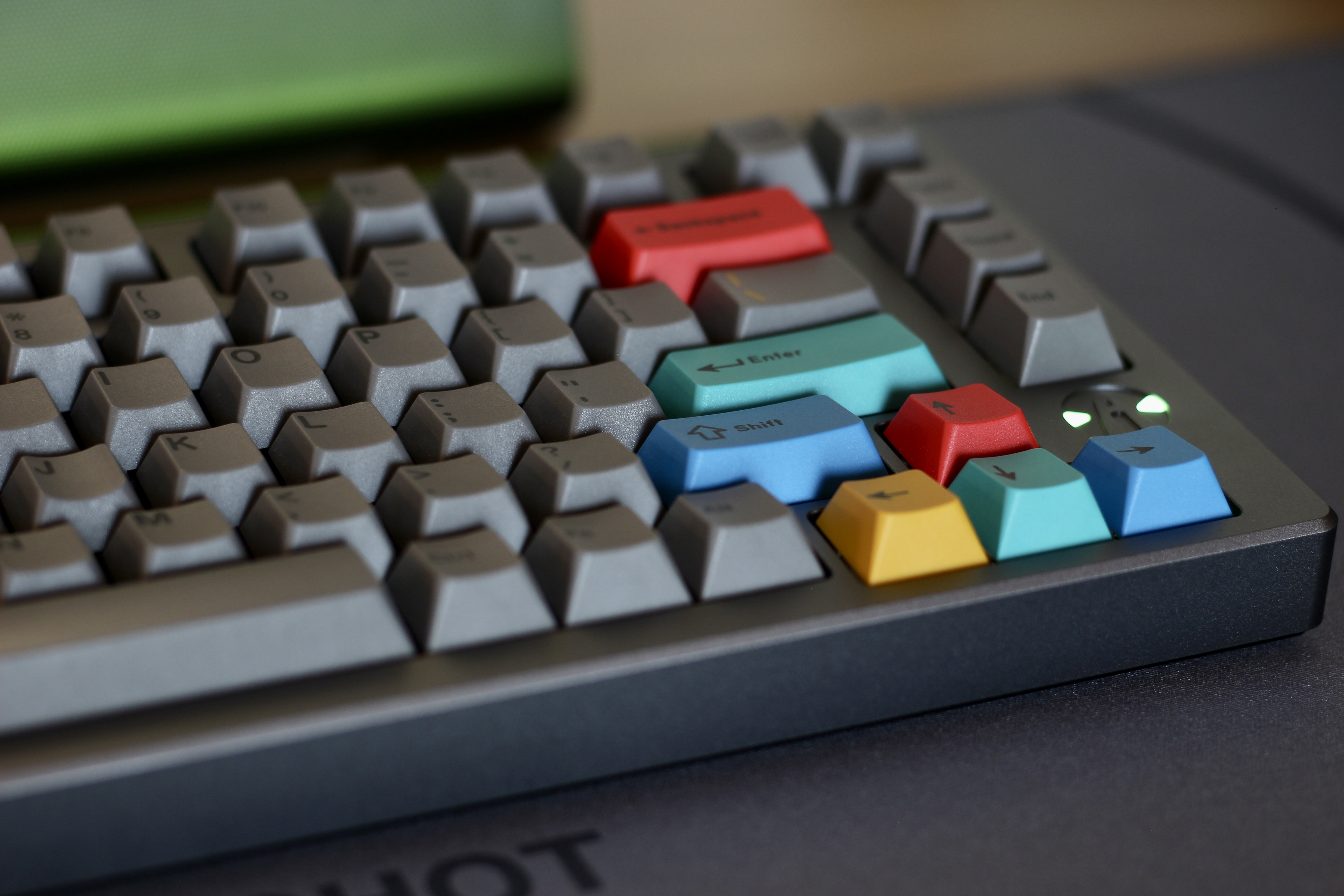Hi,
I’m trying to wrap my head around the rolling shutter effect, specifically why it happens.
I’m having a hard time understanding how the readout speed affects the image. If I understood correclty, when in electronic shutter mode the pixels are exposed as indicated by the shutter speed (e.g. at 1/1000 each pixel is exposed for 1/1000 of a second).
If the readout takes 1/100 s to scan the entire sensor, what happens exactly when I take the picture? Do the pixels start firing sequentially as the shutter speed dictates (i.e. 1/1000 s each, sequentially)? If that is the case, do they wait for the readout to catch up or do they continue firing? If the latter, by the time the readout reaches the second pixel, the eleventh pixel is firing, so there are 10 pixel between the one firing and the one being read. Does it work like this?
If the pixels are exposed for 1/1000 s and then turned off and their value stored, wouldn’t that mean that the image should not be affected? I mean, they saw the subject for 1/1000 s and the motion should be frozen, they are just waiting for the value to be read. Just like if you asked 10 people to open their eyes for 1 second (shutter speed), one after the other, and draw what they see. They saw if for one second each, so at most the difference in the position of what they saw should cover 10 seconds. Then they can take hours to draw what they saw (readout speed), but what they saw specifically wouldn’t be afftected by how long it takes them to draw it. Am I wrong here maybe?
Also, in general, why is mechanical shutter not as affected (if affected at all) by the rolling shutter effect? Does the sensor capture light differently when in mechanical shutter mode?
I just don’t get it. I feel like I’m close to understanding why, but I still don’t.
I know I’m probably weird for focusing so much on something technical like this, but it just bugs me so much.
Any help is greatly appreciated, really.

The basics: the photo sites on a camera sensor can be though of as buckets with a color filter on top of them, so each site captures only red, green, or blue light. When you take a picture the site is emptied, filled for the exposure duration, and then measured. The fuller the bucket the more intense the light was at that spot on the sensor. Buckets have a finite capacity, so if you fill them too much you’ll reach “full” and blow the highlights.
Electronic shutters fall into two camps: progressive (also called rolling) and global.
On a global shutter sensor, all photo sites are emptied, filled, and read simultaneously.
On a progressive shutter, this happens row by row so you empty, fill, and measure the first row, then the next, then the next. Even if each photo site is only exposed for 1/10000 of a second, the process of reading all the photo sites can take a while so the “time the picture was taken” progressivly gets delayed as you go across the sensor. On Sony’s A7R V this process takes about 1/10 a second. Even if your exposure is set to 1/10000 of a second, the process of taking the photo still takes 1/10 second. If anything was moving at a decent clip during the exposure it will look stretched, because the photo is essentially a series of row-by-row photographs that get stacked together over that 1/10 a second. Faster sequential sensors, like the Nikon Z9, can achieve 1/270 readout speeds which minimize, but don’t eliminate, this effect.
It’s worth saying that mechanical shutters are also progressive shutters and that a full frame mechanical shutter takes somewhere between 1/200 to 1/250 to traverse the sensor. This is why the Z9 doesn’t have a mechanical shutter - there isn’t a ton to be gained from having one. Mechanical shutters are significantly faster than the electronic shutters on most cameras, but it’s still possible to get the rolling shutter effect with a mechanical shutter if you’re planning quickly or taking a photograph of something moving fast enough.
The only way to eliminate the effect completely is with a global shutter.